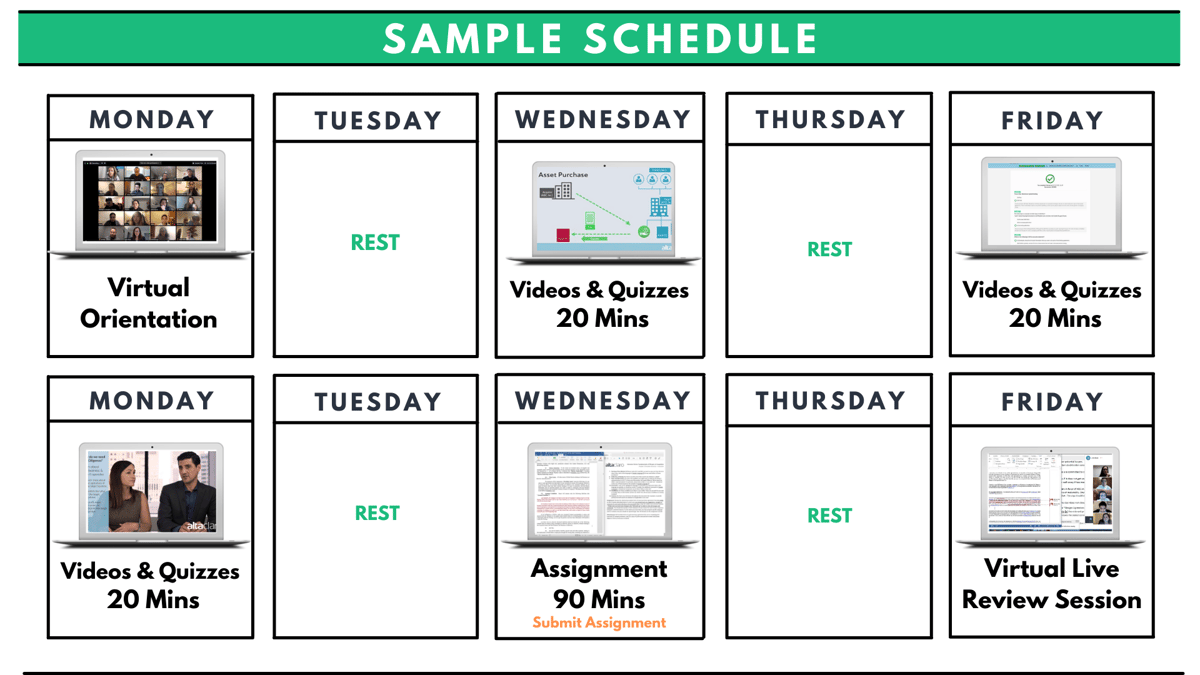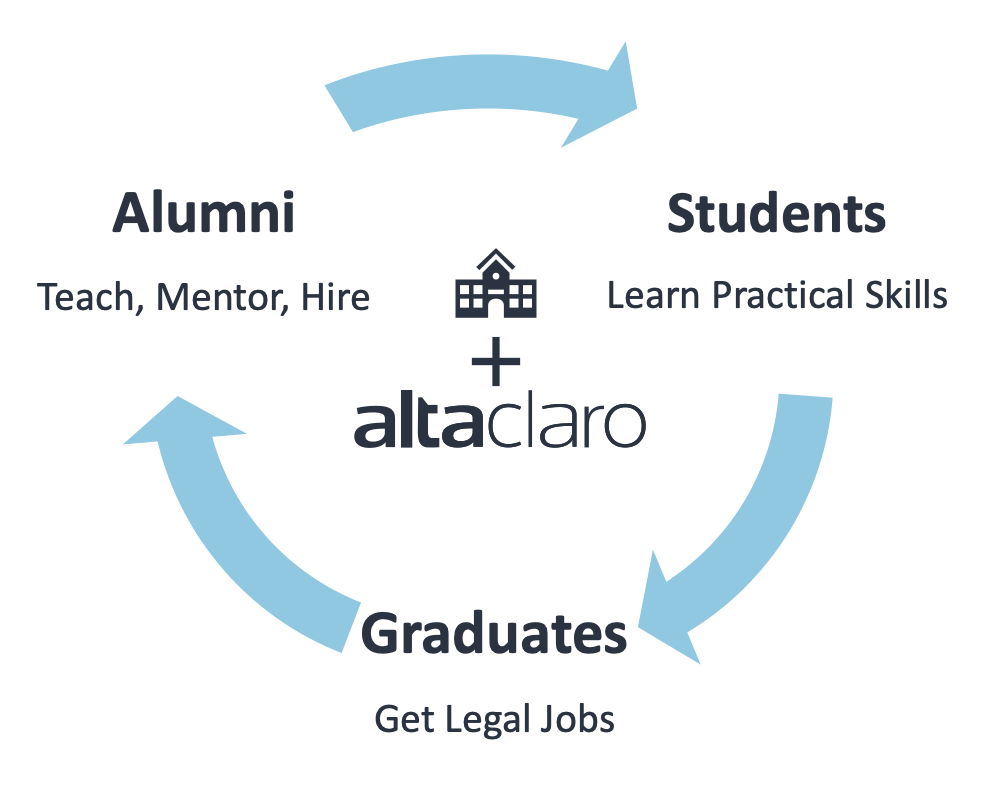
Fundamentals of Structuring and Advising a Start-Up Company
This course is designed to provide participants with a comprehensive overview of the concepts and issues that tend to arise when advising a start-up company and the various considerations that go into the initial structuring, formation, and operation of the start-up’s business. The course starts with an introduction to the general characteristics of start-ups and the types of issues that lawyers in this field typically encounter, including identifying who the client is. It then goes on to briefly review the pros and cons of each entity type in the context of a start-up, taking into consideration factors such as liability protection, capital-raising goals, tax implications, exit strategies, and ease of administration. The course will provide an overview of fundamental concepts that will be explored in greater depth in the remaining courses in this series. Participants will also be introduced to the practical elements required to form and operate a new business beyond mere formation of the legal entity. Finally, participants will learn techniques for identifying and “cleaning up” pre-existing issues with start-ups that formed by themselves, through an online platform, or with inexperienced counsel. Throughout the course, a hypothetical client and real-world examples will be used to illustrate key concepts and provide practical insights.
Level: Basic -Foundational
Note: this course places an emphasis on entity-type considerations specific to start-ups; it is not a course in basic entity formation.
View Course Details
What you'll learn:
- Demonstrate familiarity with fundamental concepts and issues that often arise when advising a start-up.
- Identify the different types of entities available for start-ups and evaluate the pros and cons of each one in order to select the entity type that best aligns with the client’s business goals.
- Summarize the considerations that factor into structuring a start-up.
- Explain the practical requirements for establishing the business in addition to entity formation.
- Determine whether there are any potential problems with a start-up that has already been formed and recommend a course of action to minimize or eliminate them.
Simulation Exercise:
Participants will be presented with facts about their fictional start-up client, HungryEyes. Participants will spot issues in the text and will be asked to: list questions for the company, compile a list of documents to request from the company, recommend legal documents the company should enter into and suggest proposed actions / clean-ups the company should take.






.png?width=1080&name=Copy%20of%20MI%20Testimonial%20(22).png)
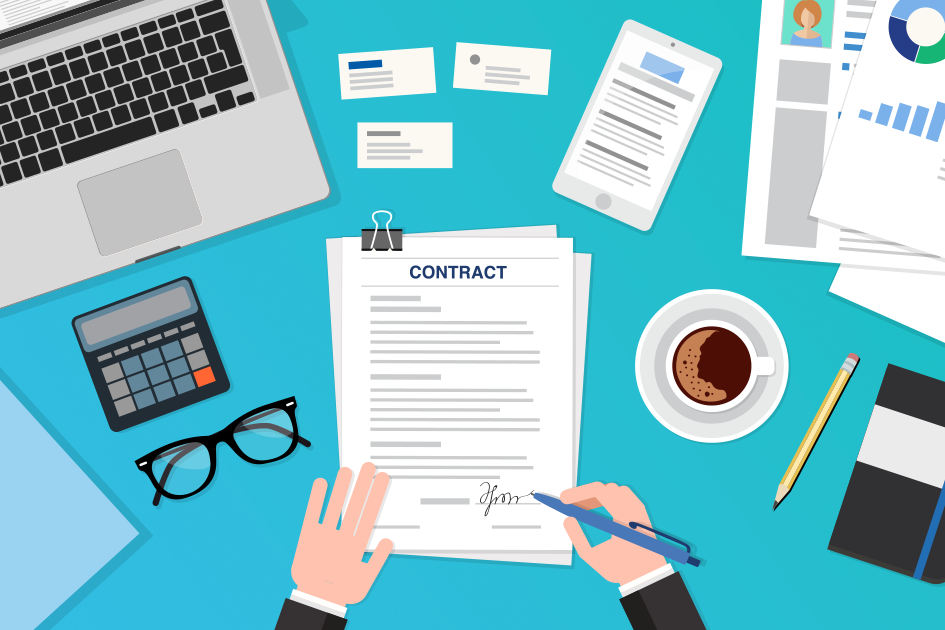



-1.jpg)





%20(2).jpg)


.png)

.png)

%20(1).png)

.jpeg)





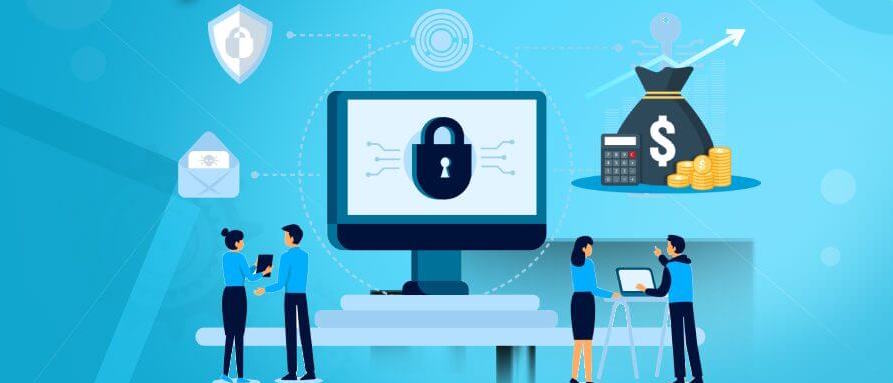













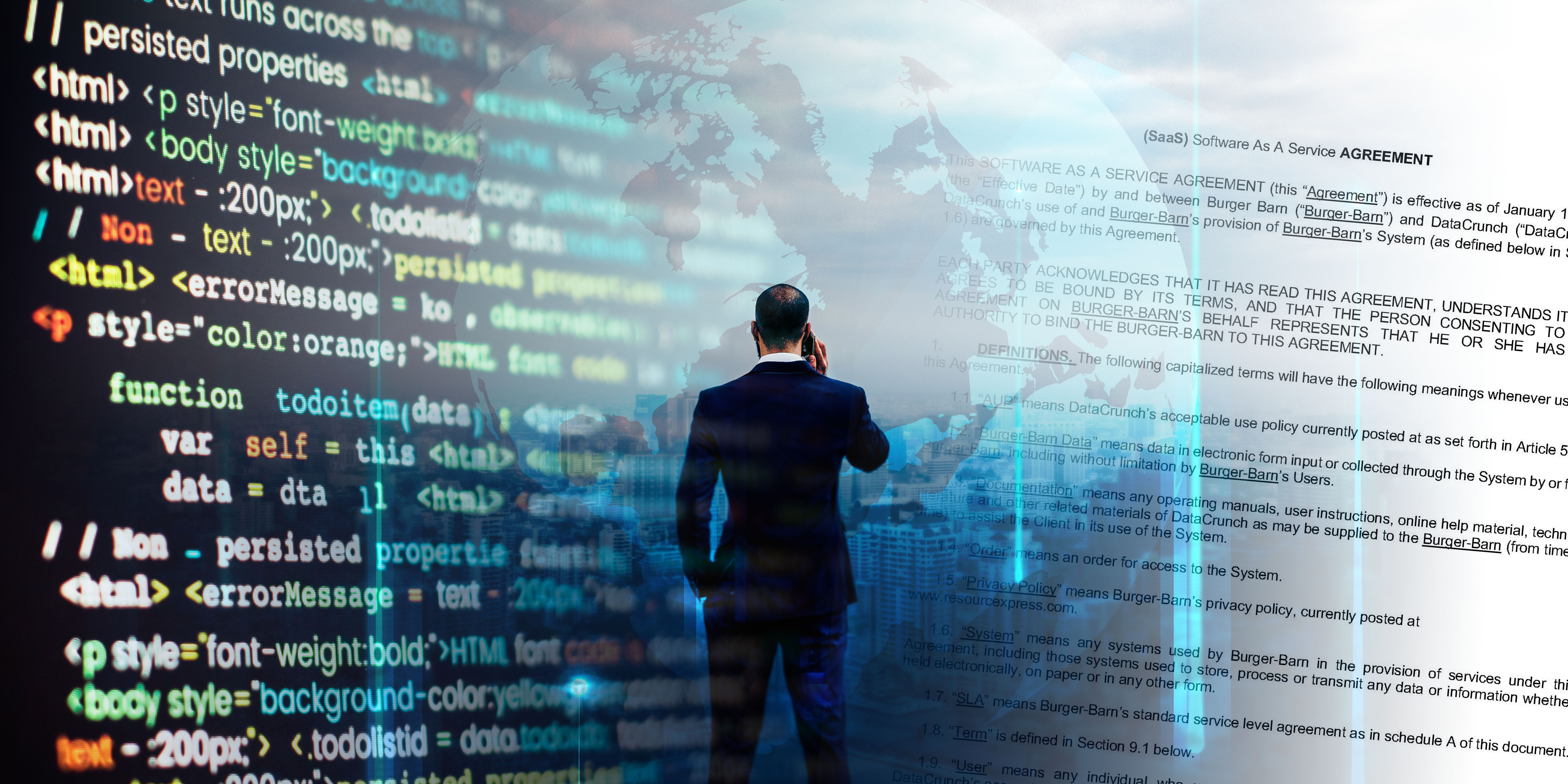


















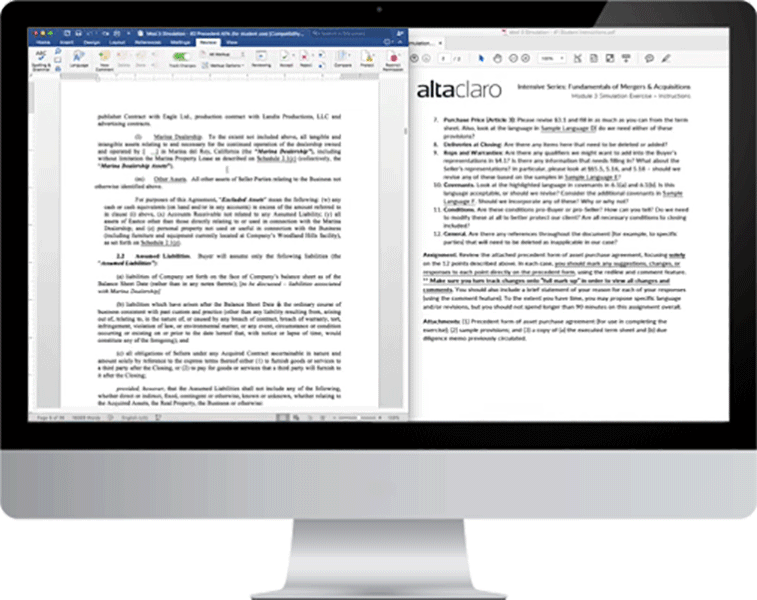
-1.gif)





